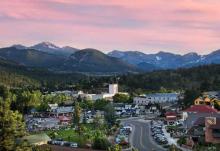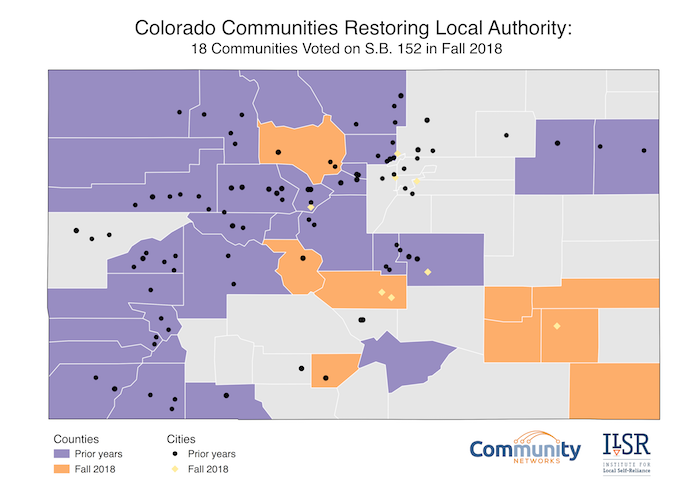Estes Park Trustees Vote Yes on Muni
Last week, Trustees in Estes Park, Colorado, unanimously voted to change the community’s municipal code in order to bring constituents what they want — a publicly owned broadband network.
Strong Support
It’s been four years since 92 percent of voters in Estes Park chose to opt out of the state’s restrictive SB 152. By reclaiming local telecommunications authority through the opt out referendum in 2015, the mountain town of approximately 6,300 residents was able to explore possibilities for better connectivity.
After several days-long outages caused by lack of redundant infrastructure in the area, local business leaders and town officials knew it was time to take control of the situation. Surveys in the community revealed that approximately two-thirds of respondents want better connectivity in the community and of those respondents, 40 percent consider it the most important service the town can offer.
Recently, local editors from the Trail Gazette echoed the sentiments of the community and urged community leaders to end discussion and take action:
…Estes Park needs more action and less discussion for greater access to information and global connectivity. No longer is accessible, fast and reliable broadband Internet a luxury; it is a necessity in our digital world.
Prior to the March 12th vote, the Broad of Trustees opened up the meeting to allow comments from the public. In addition to Trustees’ questions about economic development, reliability, and potential capacity of the proposed infrastructure, residents stepped forward to voice their opinions.
Not one citizen spoke out against the project.
Town resident Michael Bertrand, who works as an asset manager for a real estate investment firm and works remotely, opened up public comment with a statement in favor of the project. "I need reliable internet," Bertrand said. "I've had fiber in other locations in the past and it's incredible. The speeds you get are just fantastic."




